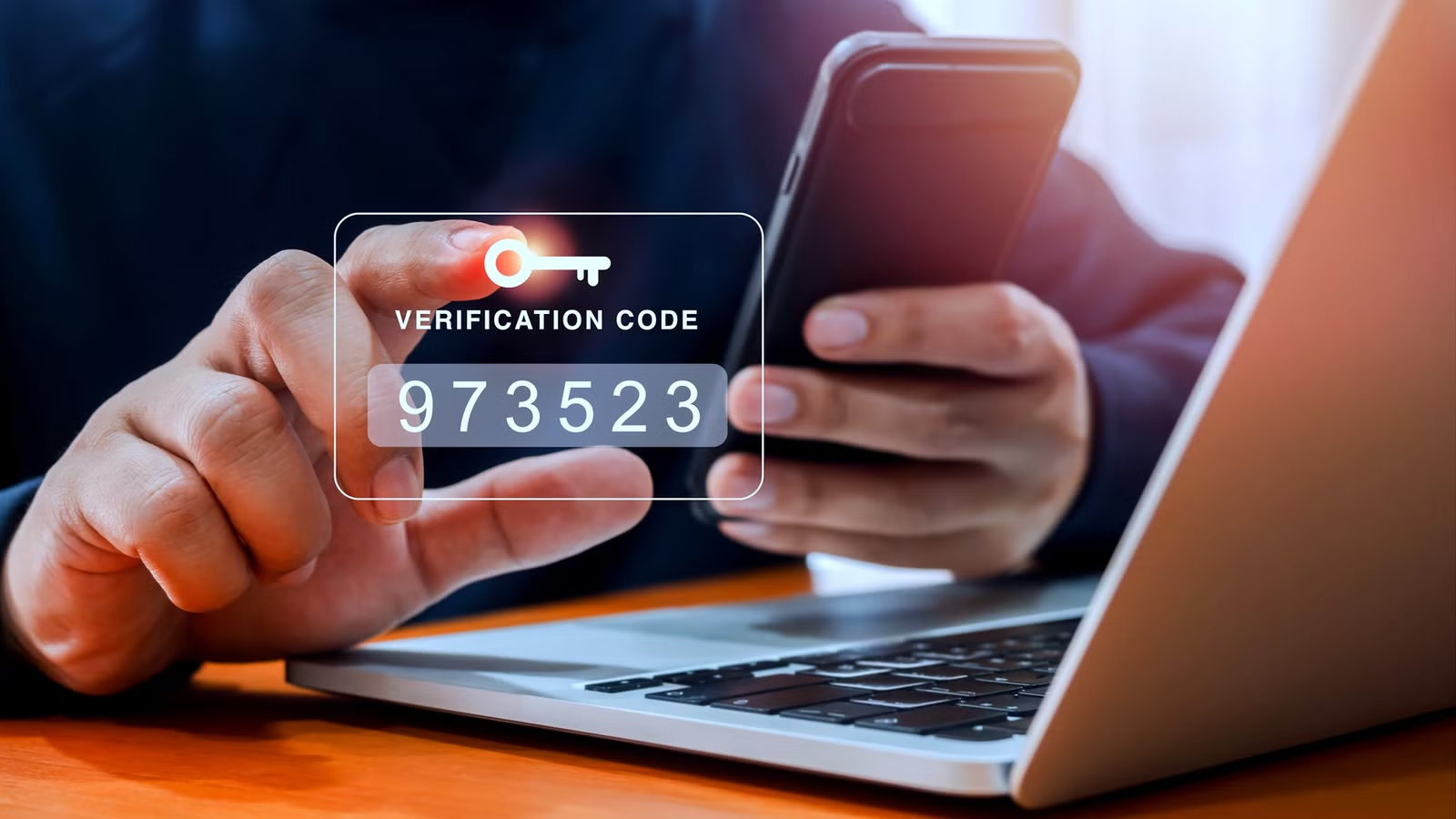You’ve enabled Multi-Factor Authentication (MFA) everywhere. You’ve checked the box. You’re safe, right?
Not quite.
While MFA is still one of the most critical steps you can take for account security, it’s no longer a silver bullet. Cybercriminals have developed clever methods to bypass it, making it crucial to understand the weaknesses in your current setup.
The New Threat: "MFA Fatigue" & SIM Swapping
The goal of any attacker is to get you to approve their login attempt. They do this in two main ways:
- MFA Fatigue (or Prompt Bombing): An attacker who has your password will spam your registered device with push notifications. Hoping you’ll be distracted or annoyed, they bet you’ll eventually hit "Approve" just to make it stop. It works surprisingly often.
- SIM Swapping: In this more advanced attack, a hacker socially engineers your mobile carrier. They trick the provider into porting your phone number to a SIM card they control. Suddenly, all your SMS-based verification codes are sent directly to the attacker's phone.
Time to Upgrade Your MFA Game
Not all MFA is created equal. To stay ahead of these tactics, you need to use the strongest form available.
- The Weakest Link: SMS/Call-Based Codes. These are vulnerable to SIM swapping and phishing. If this is all you have, it's still better than nothing, but know its limits.
- The Standard: Authenticator Apps. Apps like Google Authenticator or Microsoft Authenticator generate codes that live on your device. They can’t be intercepted via SMS, making them a much more secure option.
- The Gold Standard: Hardware Security Keys. For high-risk users (executives, IT admins) or any account holding extremely sensitive data, a physical key like a YubiKey is the best defense. You must physically possess the key and tap it to log in. This completely defeats MFA fatigue and SIM swapping attacks.
What You Can Do Today
- Audit Your MFA Methods: For your critical business accounts (Microsoft 365, Google Workspace, AWS), check your authentication settings. Disable SMS if possible and move to an authenticator app.
- Train Your Team: Teach employees that an unexpected MFA prompt is a major red flag. It means their password is already compromised. They should deny the prompt immediately and report it to IT.
- Consider Passwordless: The future is moving toward biometrics (fingerprint, facial recognition) and security keys that eliminate passwords—and the associated risks—altogether.
The Bottom Line: Don't just have MFA. Have strong MFA. Taking ten minutes to upgrade from SMS to an authenticator app is one of the easiest and most effective security upgrades you can make this year.

